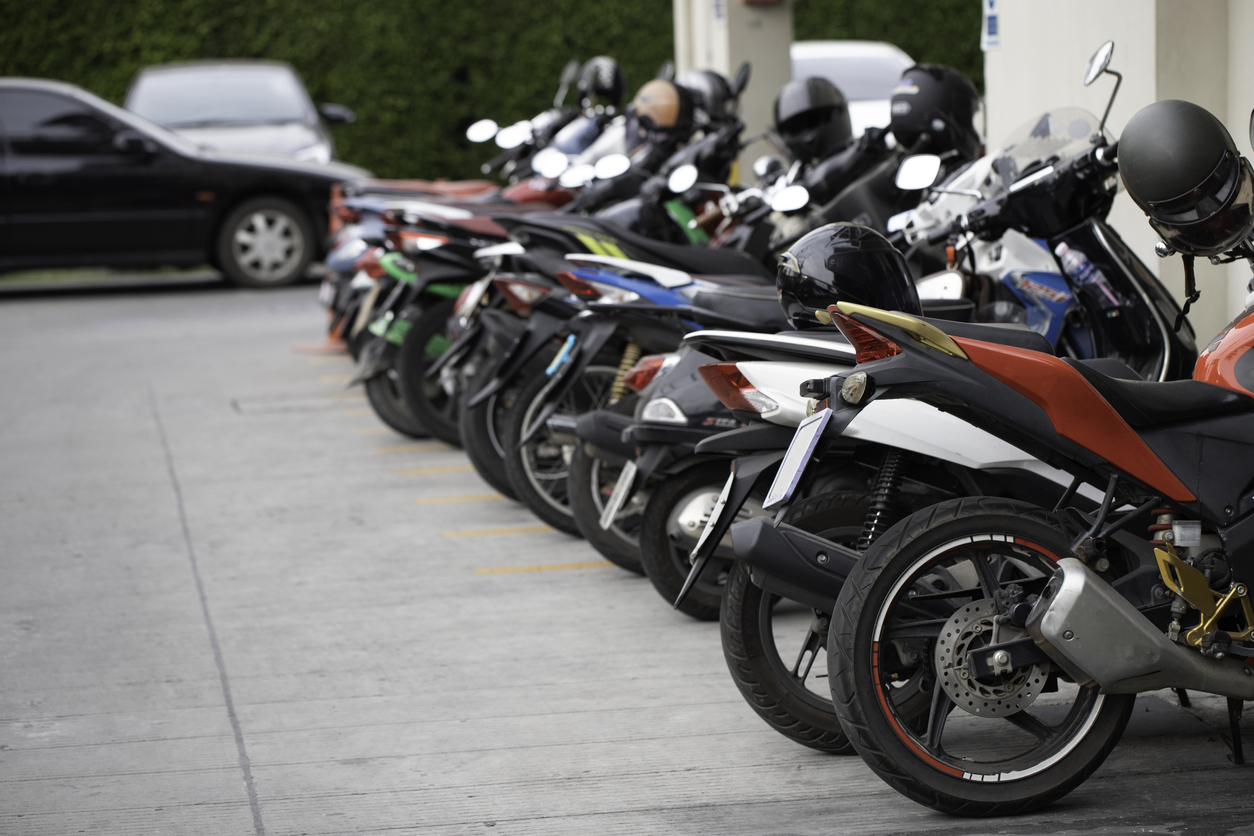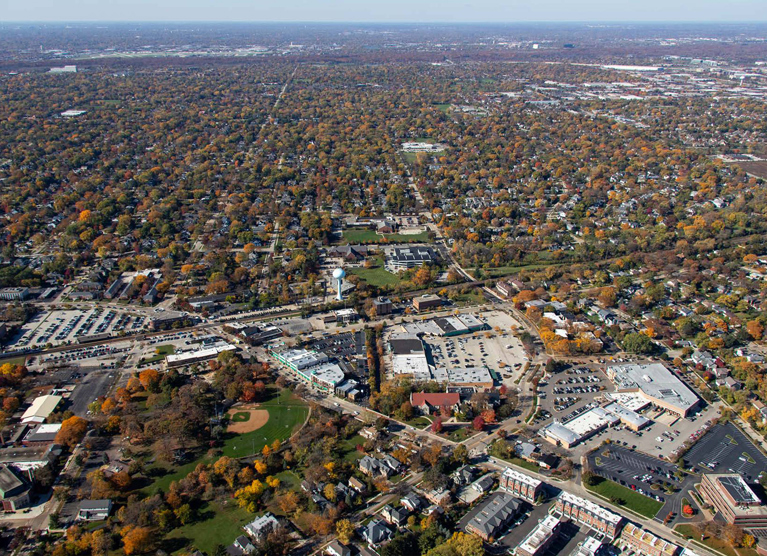
Motorcycle season in Chicagoland draws thousands of riders each year. As temperatures rise, riders gear up and head for the open roads. Many look forward to the freedom and adrenaline that comes with motorcycle travel. However, this is also the time of year when motorcycle accidents increase. With more drivers on the road and many more hazards to deal with, it is important to plan for possible issues to keep you out of trouble.
Motorcycle Season Start and End Dates in Chicagoland
Motorcycle season in Chicagoland usually starts in late March and runs through late October. Weather patterns influence this timeline. Warm spring days invite riders out early, while cold snaps or snow in the fall signal the end of the season. Some years, unpredictable weather shortens the season, so riders must pay attention to forecasts and road reports.
May through September marks the heart of the riding season. Road conditions improve, and the calendar fills with motorcycle events. Riders gather across the region to take advantage of favorable conditions and strong community interest. These months offer the best opportunities to enjoy motorcycle travel across urban and rural landscapes, but also mark some of the most dangerous months for motorcycle accidents
Weather Conditions That Influence Motorcycle Safety
Weather shapes the riding environment in Chicagoland. Rain reduces traction, lowers visibility, and shortens braking distances. Wind can throw a motorcycle off balance, especially at higher speeds or on bridges. Cold snaps affect tire pressure and engine performance. Riders must review weather reports before they travel and adjust their plans as needed. Even brief rainstorms can create slick surfaces and sudden hazards.
Common Risks Riders Face During Peak Months
During peak riding months, Chicagoland riders face an increased risk of accidents. Warmer weather brings heavier traffic, especially in city centers and near popular routes. Drivers may overlook motorcycles or fail to yield. Sudden lane changes, blind spots, and traffic congestion increase the risk of crashes, especially when riders start to lane-split or drive aggressively in congested areas.
Poor road conditions also create hazards. Unfortunately, the Chicago area is notorious for having road issues due to maintenance and weather issues. Potholes, loose gravel, and uneven pavement can cause a loss of control. Construction zones appear more frequently during warmer months, forcing riders to adapt to narrow lanes, detours, and reduced speed limits.
Traffic Patterns and Their Effect on Motorcycle Travel
Chicagoland traffic follows predictable patterns in warmer months. Morning and evening rush hours bring heavy congestion. Tourists and seasonal visitors add to the volume on major roads. Riders often seek alternate routes to avoid stop-and-go traffic, which raises the risk of rear-end collisions.
City streets and expressways fill up quickly. Navigating through traffic demands attention and quick decisions. Riders must scan for sudden stops, abrupt lane shifts, and careless drivers. Defensive riding and route planning help avoid common dangers.
How Local Laws Impact Seasonal Riding
Motorcycle laws affect every ride in Illinois. Riders must know licensing rules, helmet guidelines, and local noise limits. Illinois law does not require helmets for riders over 18, but helmets reduce the risk of head injuries and improve survival rates. Loud pipes may draw attention or violate local ordinances, depending on where you ride.
Protective Gear and Its Role in Reducing Injury
Protective gear shields your body during a crash. A helmet guards your head from impact and reduces trauma. Gloves protect your hands and improve grip. Jackets and pants with padding absorb force and prevent road rash. Boots support your ankles and protect your feet.
Choosing the right gear matters as much as wearing it. Gear should fit properly, allow movement, and meet safety standards. Even during short trips, proper gear can prevent serious injuries.
Steps to Take After a Motorcycle Crash
After a motorcycle crash, take immediate steps to stay safe. Move out of traffic if possible. Call 911 to report the crash and request medical help. Remain calm and avoid confrontations with other parties. If safe, document the scene with photos and gather contact information from witnesses.
Seek medical care, even if injuries seem minor. Some symptoms may appear later. Keep records of your injuries, medical treatment, and expenses. Notify your insurance company and follow up as necessary.
Contact Our Northbrook Motorcycle Accident Law Firm Today
After a motorcycle accident, it’s important to speak with a personal injury lawyer in Chicago to understand your legal rights and options. An experienced attorney can guide you through the claims process, help protect your interests, and work to secure compensation for medical expenses, lost wages, and motorcycle damage.
Meeting with a lawyer early on can make a significant difference in the outcome of your case. Consider scheduling a free consultation to discuss your next steps.
If you were injured in an accident in Northbrook, IL, and need legal help, contact our Northbrook motorcycle accident lawyers at Kass & Moses Personal Injury Lawyers to schedule a free case review today.
Kass & Moses Personal Injury Lawyers
601 Skokie Blvd Suite 401
Northbrook, IL 60062
(847) 513-9582

